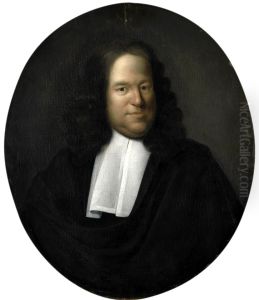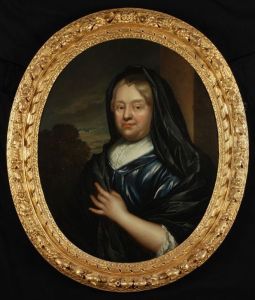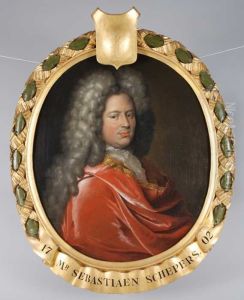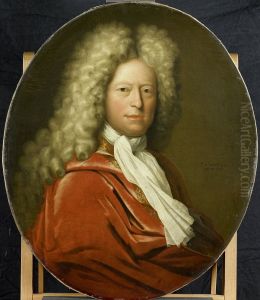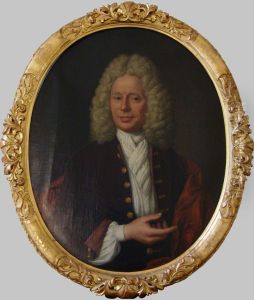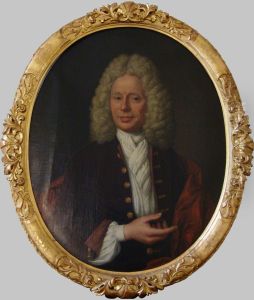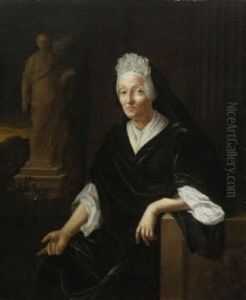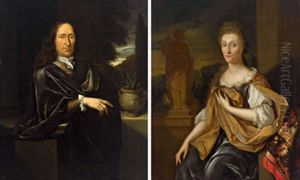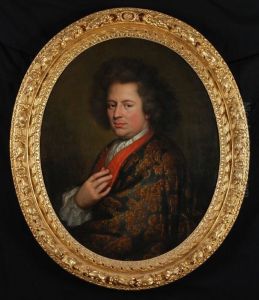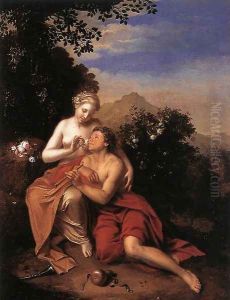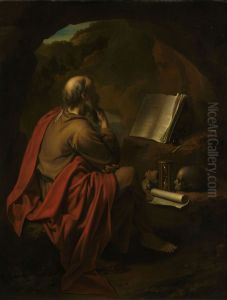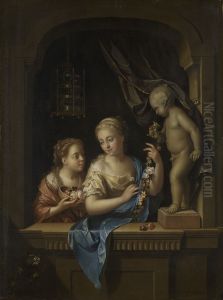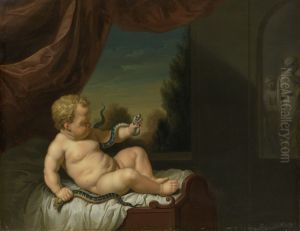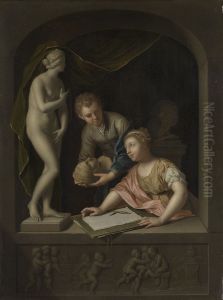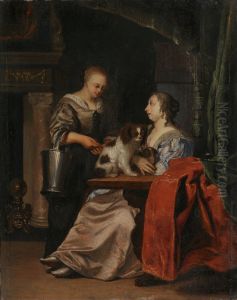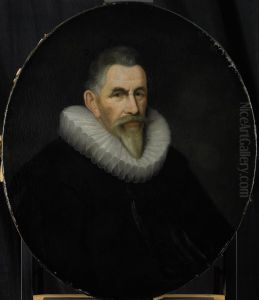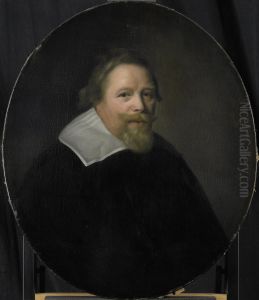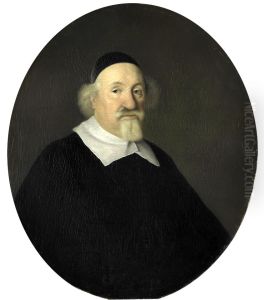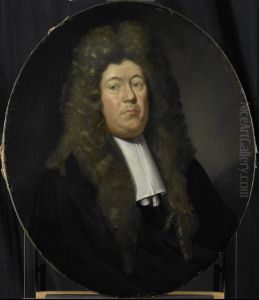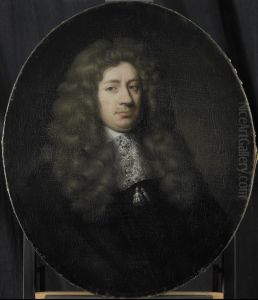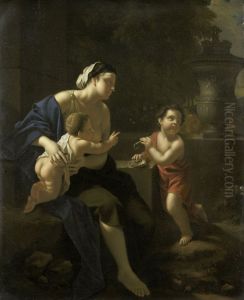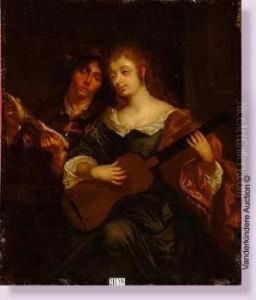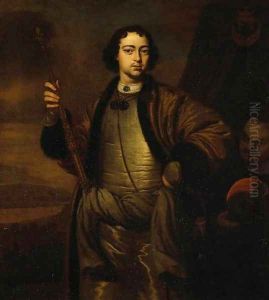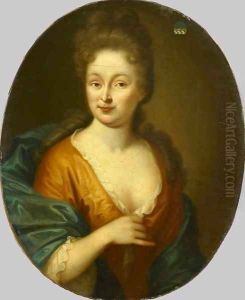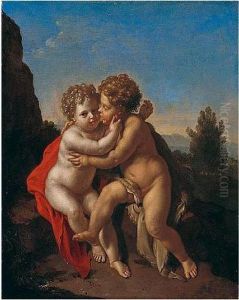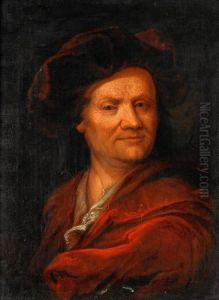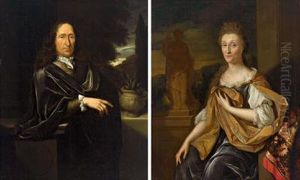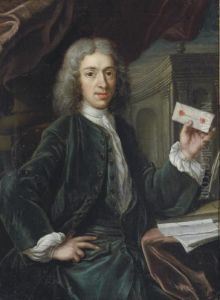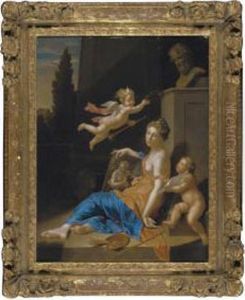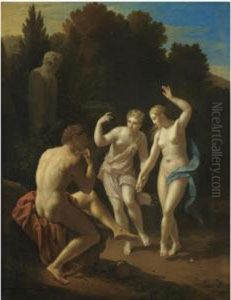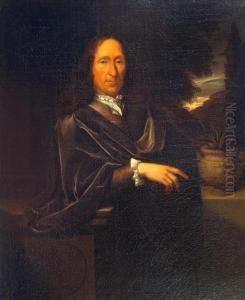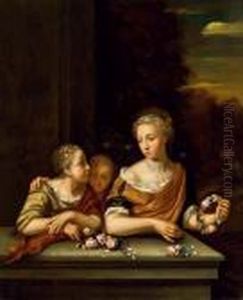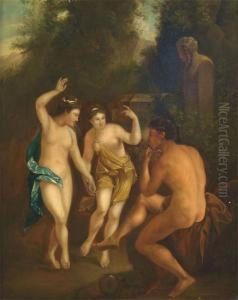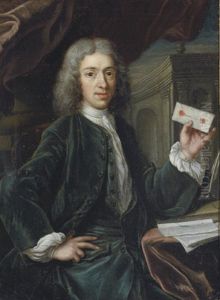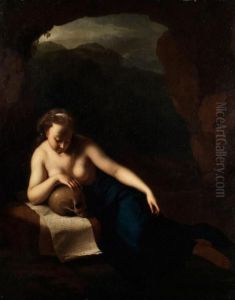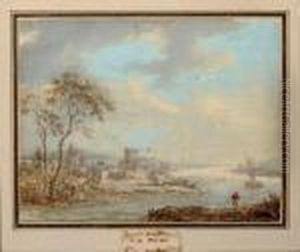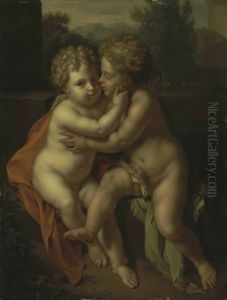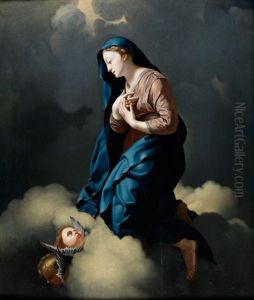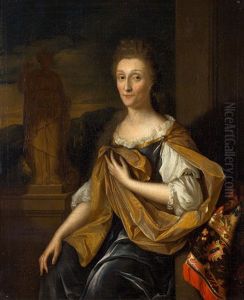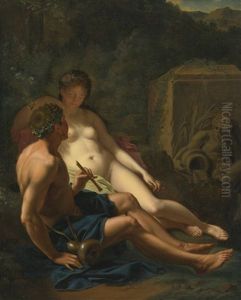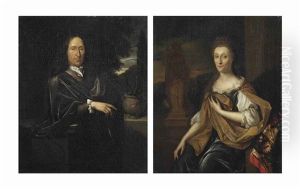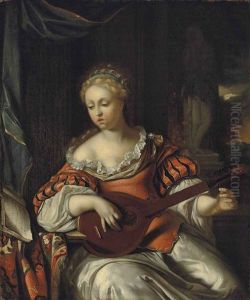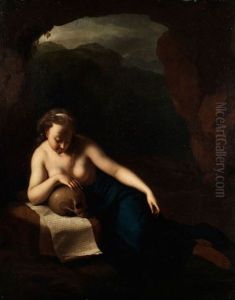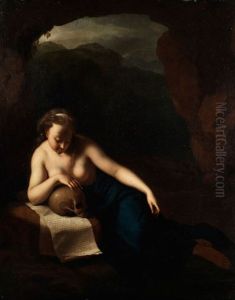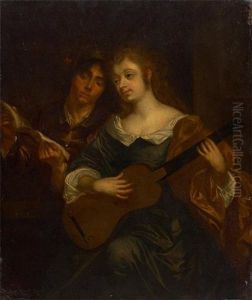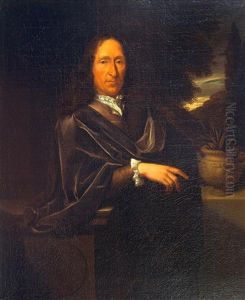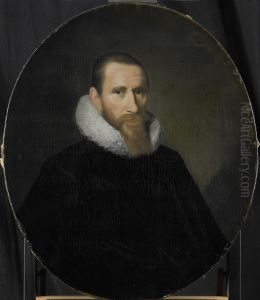Pieter van der Werff Paintings
Pieter van der Werff was a Dutch Golden Age painter who was born on 21 September 1665 in Kralingen, which is now a neighborhood in Rotterdam, Netherlands. He was known for his elegant genre scenes and portraits, continuing the tradition of fijnschilder, or 'fine painting,' which is associated with meticulous brushwork and a high degree of finish.
Van der Werff was the younger brother of the more famous Dutch painter Adriaen van der Werff, with whom he studied painting. Adriaen was not only his brother but also his master and had a significant influence on Pieter’s style and subject matter. Pieter became his brother's main assistant and worked closely with him for many years. Together, they produced numerous works, often with Pieter executing components of paintings that Adriaen had designed.
Throughout his career, Pieter van der Werff developed a distinctive style, which was characterized by graceful figures and a smooth, enamel-like surface. His artworks often depicted mythological and biblical scenes, as well as portraits and tronies (character studies). In addition to painting, Van der Werff also engaged in drawing and etching.
While Pieter van der Werff was successful and respected in his time, his reputation has been somewhat overshadowed by that of his brother Adriaen, who was considered one of the leading Dutch painters of his era. Nonetheless, Pieter's works were collected by connoisseurs and continue to be appreciated for their technical skill and refined composition.
Van der Werff's paintings can be found in several important collections, including those of the Rijksmuseum in Amsterdam and the Hermitage Museum in Saint Petersburg. Pieter van der Werff passed away on 26 September 1722 in Rotterdam, leaving behind a body of work that contributes to our understanding of the Dutch Golden Age of painting.
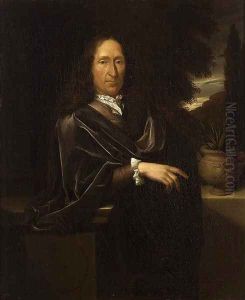
![[3]](https://www.niceartgallery.com/imgs/4676344/s/pieter-van-der-werff-3-89e1fc87.jpg)
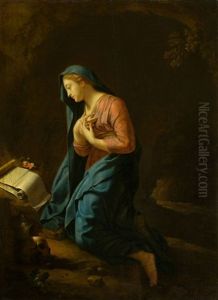
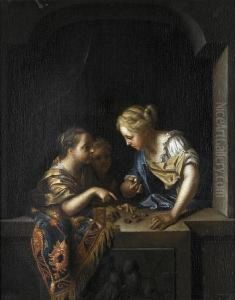
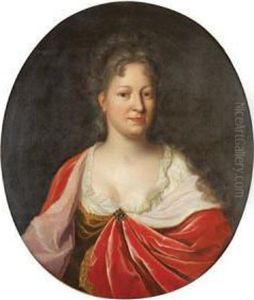
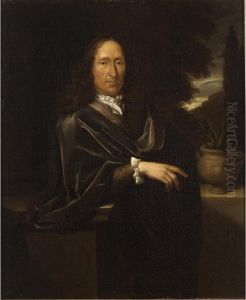
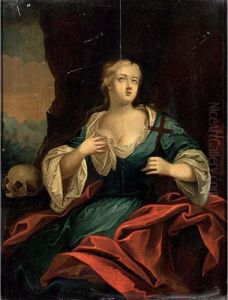
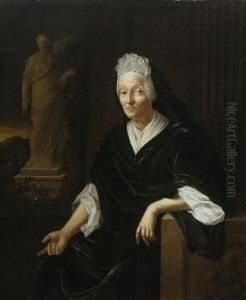
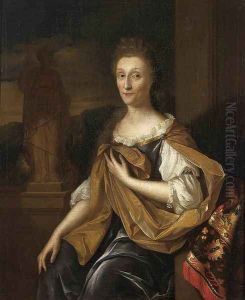
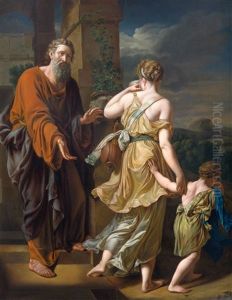
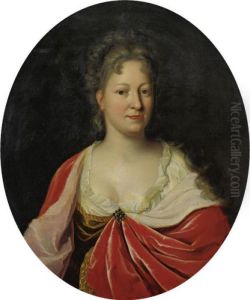
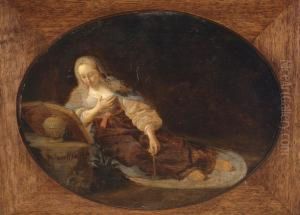
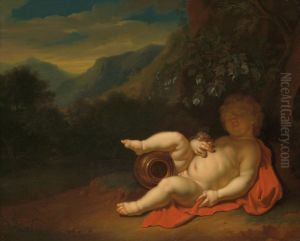
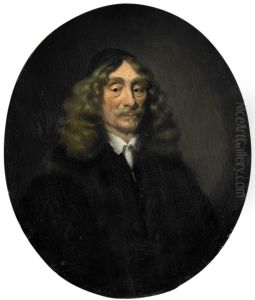
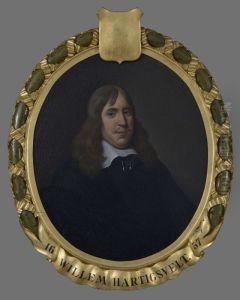
![Johan Kieviet (gest 1692), gekozen in 1664.[1]Portret van Johan Kievit (..-1692), bewindhebber van de VOC te Rotterdam in 1664 en 1672.[2]](https://www.niceartgallery.com/imgs/4676347/s/pieter-van-der-werff-johan-kieviet-gest-1692-gekozen-in-16641portret-van-johan-kievit-1692-bewindhebber-van-de-voc-te-rotterdam-in-1664-en-16722-2ab77a2e.jpg)
